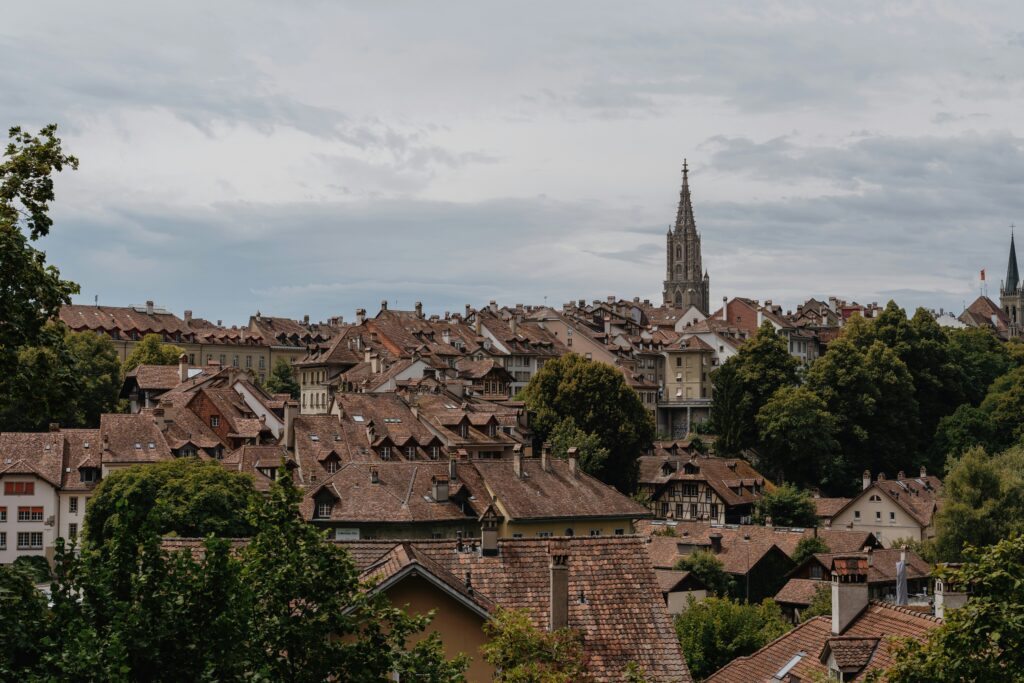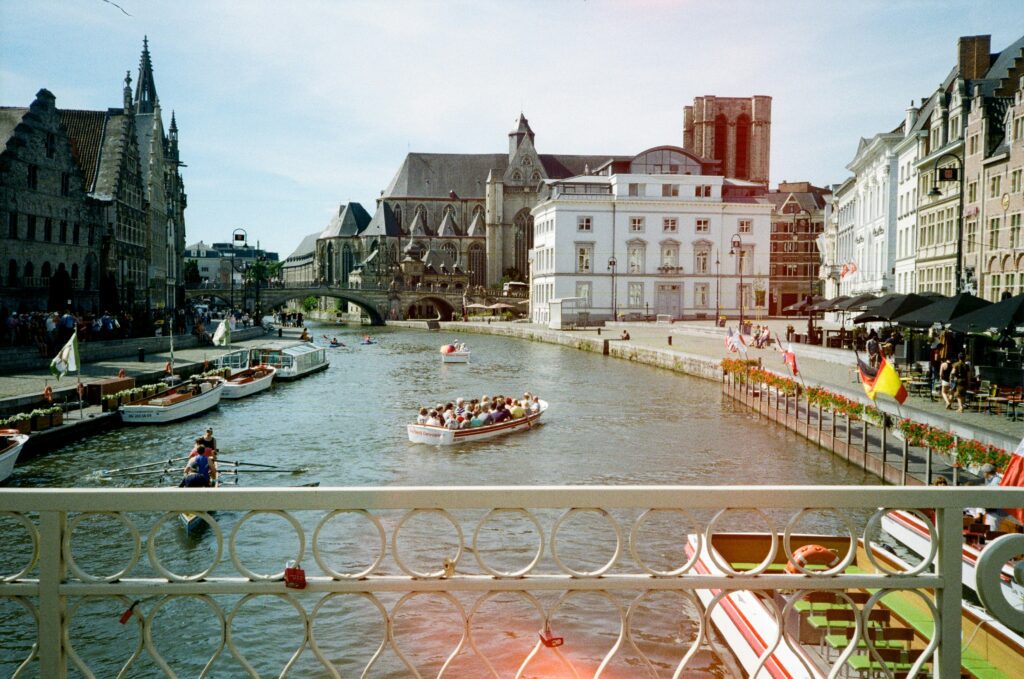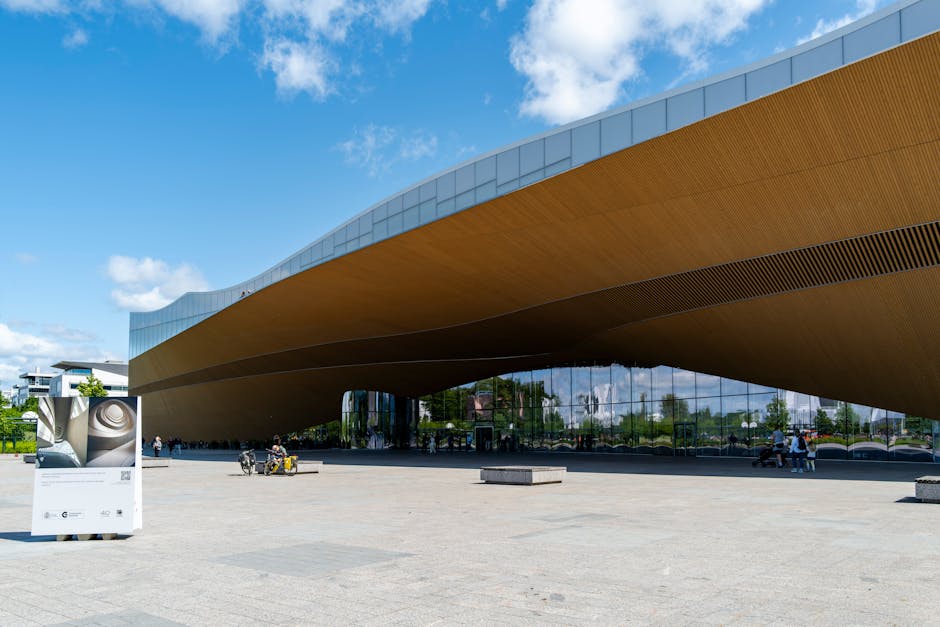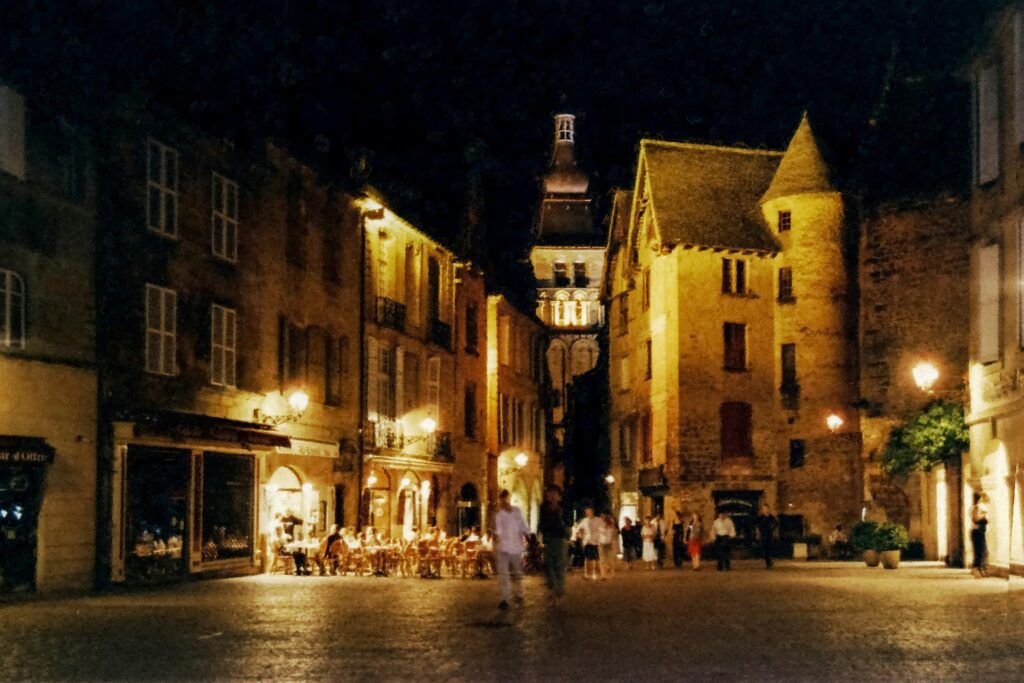Discover essential tips for your Troyes adventure. Maximize your visit with practical advice. Plan & explore like a local – read now!
Introduction: Why Troyes is a Hidden Gem
As I stepped out of the Gare de Troyes, the crisp morning air carried the scent of freshly baked brioche from a nearby boulangerie. Before me lay a city frozen in time—half-timbered houses painted in pastel hues, cobblestone streets winding like a labyrinth, and Gothic cathedrals towering above. Troyes, a medieval jewel in France’s Champagne-Ardenne region, is often overshadowed by Paris or Reims—but that’s precisely its charm.

Did you know?
✔ Troyes has more stained-glass windows than Chartres Cathedral—earning it the nickname “The City of Light.”
✔ The historic center is shaped like a champagne cork, a nod to its bubbly heritage.
✔ It’s home to France’s best-preserved medieval architecture, with over 1,000 half-timbered buildings.
Whether you’re a history buff, a foodie, or a backpacker seeking authenticity, this best Troyes travel guide will help you uncover its secrets.
Map of Troyes
Planning Your Trip to Troyes
Best Time to Visit Troyes
- Spring (April–June): Mild weather (10–20°C), blooming gardens, fewer crowds. Perfect for leisurely strolls through the Jardin des Innocents, where tulips and daffodils burst into color.
- Summer (July–August): Warm (25–30°C), lively festivals (Fête de la Saint-Jean), but busier. The Nuits de Champagne festival in July offers open-air concerts under the stars.
- Autumn (September–October): Crisp air, wine harvests, golden foliage. Visit nearby vineyards like Domaine Jean-Marc Brocard for grape-stomping experiences.
- Winter (November–March): Christmas markets, cozy cafés, but some attractions close. The Marché de Noël in December transforms Place de la Libération into a winter wonderland with mulled wine (vin chaud) and handmade crafts.
Pro Tip: Visit in June for the Medieval Festival, where locals dress in period costumes and jousting tournaments take over the streets!
Essential Items to Pack
✔ Comfortable walking shoes (cobblestones are unforgiving! Opt for cushioned soles.)
✔ Layered clothing (weather shifts quickly—mornings can be chilly, afternoons warm.)
✔ Reusable water bottle (tap water is safe, and refill stations are available at parks.)
✔ French phrasebook (locals appreciate effort—even a simple “Merci” goes a long way.)
✔ Camera (every corner is Instagram-worthy, especially the golden-hour glow on half-timbered facades.)
Getting to Troyes
- By Train: 1.5 hours from Paris (TER or TGV, ~€25 one-way). The TGV from Gare de l’Est is the fastest option, with scenic views of the Champagne countryside.
- By Car: 2 hours via A5 highway (toll ~€15). Rent a car for flexibility to explore the Champagne Route at your own pace.
- By Bus: FlixBus from Paris (€10–€20, 2.5 hours). Budget-friendly but less comfortable than trains.
Insider Hack: Rent a bike at Vél’Ouest (€5/day) to explore like a local. The Voie Verte trail along the Seine River is perfect for a leisurely ride.
3-Day Troyes Itinerary: The Perfect Getaway

Day 1: Medieval Wonders & Champagne
Morning:
– St. Peter and St. Paul Cathedral – Marvel at its stained-glass windows (free entry). The 13th-century rose window is a masterpiece—time your visit for noon when sunlight illuminates the nave.
– Ruelle des Chats – A narrow alley where cats once roamed rooftops. Look for the “Cat’s Alley” sign and the quirky tilted houses leaning over the passage.
Afternoon:
– Lunch at Le Valentino (try Andouillette, a local sausage made with tripe and herbs, served with mustard sauce). Pair it with a glass of Côteaux Champenois red wine.
– Musée d’Art Moderne – Picasso and Degas masterpieces (€6). Don’t miss the Fauvism collection, with vibrant works by Derain and Vlaminck.
Evening:
– Champagne tasting at Maison de la Champagne (€25 for 3 glasses). Sip a crisp Blanc de Blancs while learning about the méthode champenoise from a local vigneron.
Day 2: Markets & Hidden Courtyards
Morning:
– Les Halles Market – Sample Chaource cheese (creamy with a mushroomy rind) and fresh baguettes. Vendors often offer free tastings—try the Troyes sausage (saucisson de Troyes).
– Hôtel de Ville – Admire its Renaissance façade and the astronomical clock in the courtyard.
Afternoon:
– Basilique Saint-Urbain – A Gothic gem with flying buttresses. Climb the spiral staircase for panoramic views of the city.
– Shopping at Marques Avenue (discounted designer outlets). Stock up on Lacoste, Longchamp, and Ralph Lauren at 30–50% off retail prices.
Evening:
– Dinner at Au Jardin Gourmand (book ahead for truffle risotto). The foie gras terrine with fig compote is a must-order.
Day 3: Day Trips & Relaxation
Morning:
– Lac d’Orient (30 min drive) – Kayaking or picnicking. Rent a pedal boat (€15/hour) or hike the Sentier des Pêcheurs trail.
Afternoon:
– Explore the Champagne Route (Domaine Jean-Marc Brocard winery). Tour the cellars carved into chalk cliffs and taste a rare Rosé des Riceys.
Evening:
– Sunset at Place de la Libération – Aperitif at Café de la Poste. Order a Kir Royal (champagne with crème de cassis) and watch the square glow amber under the streetlights.

Troyes Travel Tips: Budget, Safety & Etiquette
Budget Considerations
- Budget: €50–€70/day (hostels like Auberge de Jeunesse, street food from crêperies).
- Mid-range: €100–€150/day (boutique hotels like Hôtel de la Poste, sit-down meals at Le Bistroquet).
- Splurge: €200+/day (luxury stays at La Maison de Rhodes, private tours of champagne houses).
Money-Saving Tip: Many museums are free on Sundays, including the Musée Saint-Loup.
Safety Tips
- Troyes is very safe, but watch for pickpockets in crowded markets.
- Avoid empty alleys at night (stick to well-lit areas like Rue Champeaux).
Cultural Etiquette
- Greet with “Bonjour” before asking questions—skipping this is considered rude.
- Tipping: Round up bills (5–10% in restaurants). Service charge is included, but leaving €1–€2 for coffee is polite.
- Dress modestly in churches—avoid shorts and bare shoulders.
Frequently Asked Questions (FAQ)
1. Is Troyes worth visiting?
Absolutely! It’s a perfect blend of history, food, and champagne, without the Parisian crowds. The medieval core feels like stepping into a storybook, and the champagne tastings are far more intimate than in Reims.
2. How many days do I need in Troyes?
2–3 days is ideal to explore the city and nearby vineyards. Add an extra day if you want to bike the Champagne Route or relax at Lac d’Orient.
3. What’s the best way to get around?
Walking is best for the old town (compact and pedestrian-friendly), but buses (€1.50/ride) cover longer distances like the outlet malls.
4. Can I visit Troyes as a day trip from Paris?
Yes (1.5-hour train), but staying overnight lets you experience its magic—especially the evening champagne tastings and illuminated cathedral.
5. What’s the must-try food in Troyes?
- Andouillette (herbed sausage—best at Le Valentino)
- Chaource cheese (creamy with a pungent rind)
- Pink pralines (local sweet—try them in brioche at Boulangerie Hugot)
Final Thoughts: Start Your Troyes Adventure!
From sipping champagne in a 12th-century cellar to losing yourself in a maze of half-timbered houses, Troyes is a fairytale waiting to be explored. Ready to dive in? Download our free Troyes map and start planning today!
Keywords: Best Troyes travel guide, 3-day Troyes itinerary, Troyes backpacking tips, Troyes tourism, Champagne region travel.
Keywords:
Troyes travel things to do in Troyes best time to visit Troyes where to stay in Troyes Troyes attractions



